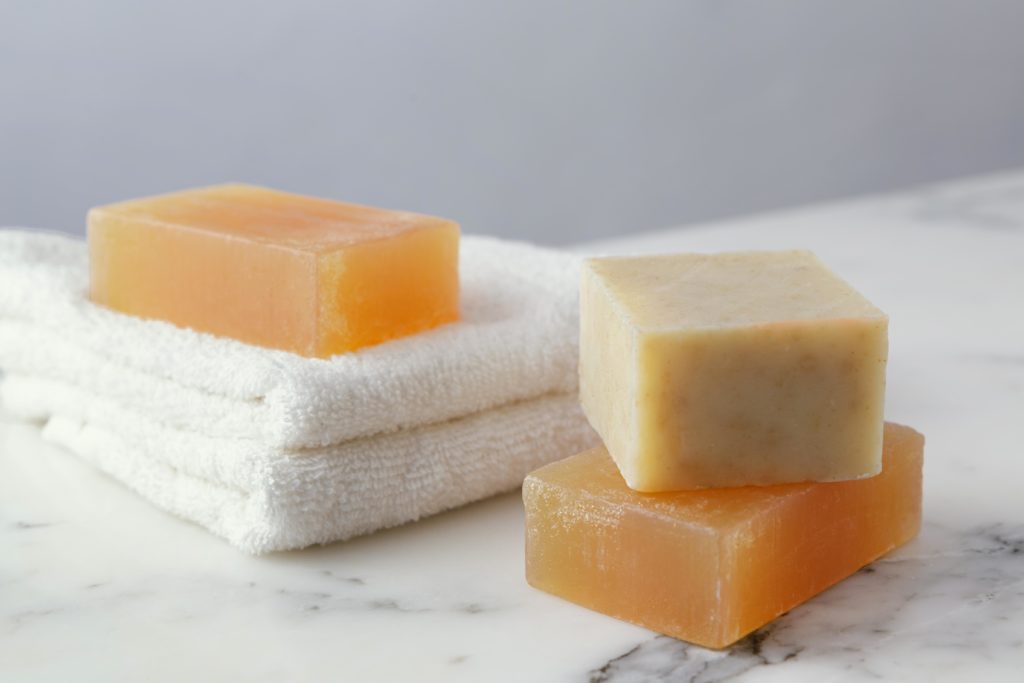Toilet Soap Noodles
Manufacturing Process

There are several manufacturing methods to produce soap noodles on an industrial scale: hot and cold methods.
- Hot methods make use of the saponification of palm oil and fatty acids under high temperatures. A boiler is used to melt the saponification product by reaching its melting point. The product of saponification is the breakdown of triglycerides into fatty acid chains and glycerin. As the heat from the boiler ensures the temperature is at the melting point of the mixture, the newly soap noodles are molded into small portions by using a noodle mold.
- Cold methods utilize the mixing of palm oil with fatty acids under high heat. The palm oil is heated to the melting point before being mixed. In this method, no chemical preservatives are added and the newly formed soap noodles are molded 5 weeks after processing. The cold method is used to fabricate handcrafted soaps.
Toilet soap noodles are produced from refined palm oil and have higher fat content with less filler than laundry soap noodles.
The percentage of TFM represents the amount of fat matter in the soap. The fat matter signifies the hardness and the quality of the soap. As total fat matter increases in percentage, the soap is more capable of hydrating and is less harmful to the skin.
Applications



Toilet soap noodles are the base raw material for the manufacturing of soap bars used in household applications. The cleaning properties of soap noodles are able to remove oil and dirt stains on the surface of the skin when washed. Toilet soap noodles are mostly used for skin cleaning due to the high amount of TFM and less likely to dehydrate the skin.
